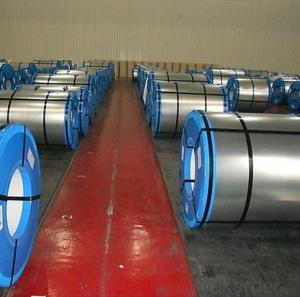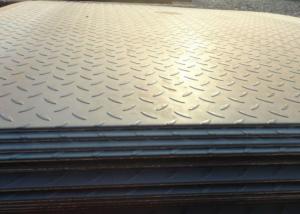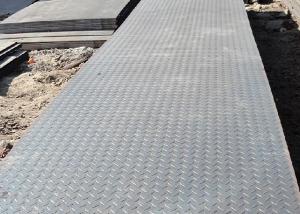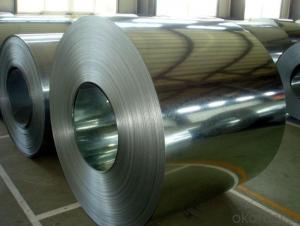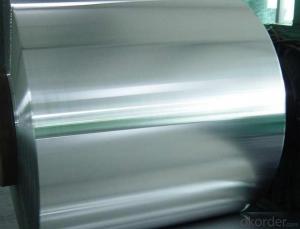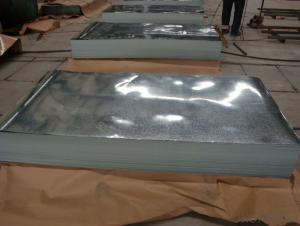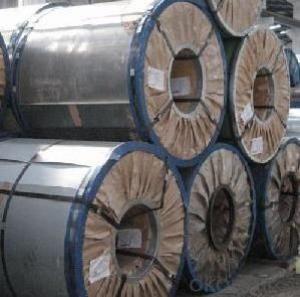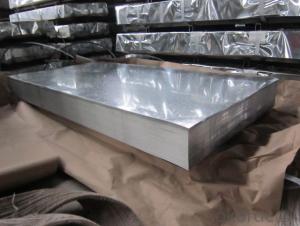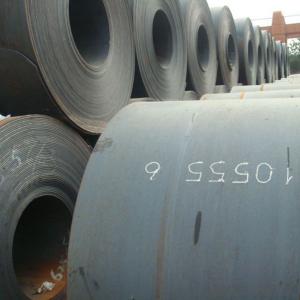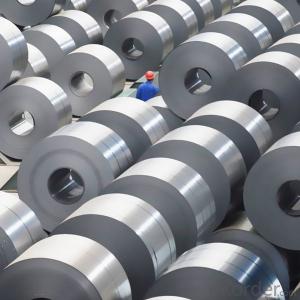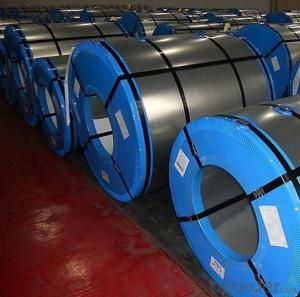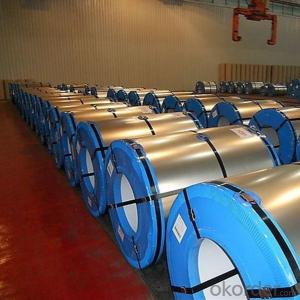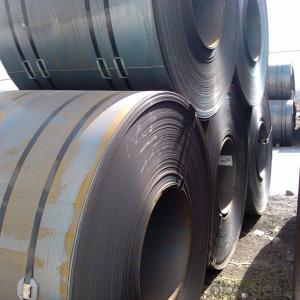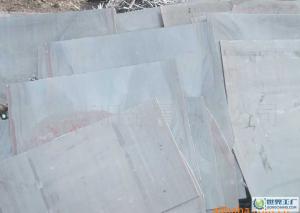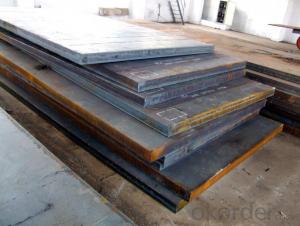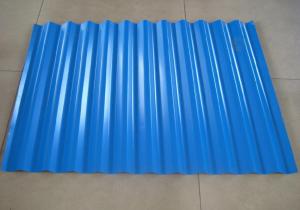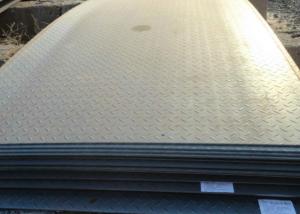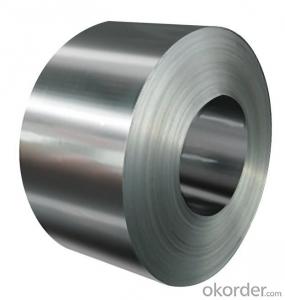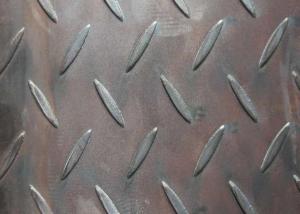Hot Rolled A36, Steel Plates SS400,Steel Coils,Made in China
- Loading Port:
- Tianjin
- Payment Terms:
- TT OR LC
- Min Order Qty:
- 25 m.t.
- Supply Capability:
- 500 m.t./month
OKorder Service Pledge
OKorder Financial Service
You Might Also Like
Specification
DESCRIPTION FOR CARBON STEEL PLATE
Product | carbon steel plate price per ton |
Place of origin | Tianjin,China mainland |
MOQ | 25 tons |
Thickness | 1mm-200mm |
Width | 1000mm-3000mm |
Length | 1000mm-2000mm |
Application | widely |
Standard | AISI,ASTM,BS,DIN,JIS,GB,etc |
Grade | A572,A573,A633,A678,A709,A710,G3101,G3136,etc |
Tpye | Steel plate |
Surfacing | Coated |
Productive Technology | Hot Rolled & Cold Rolled |
Price | FOB USD 500-900 per ton |
Port | TIANJIN,SHANGHAI |
Payment Terms | L/C,T/T,Western Union,MoneyGram |
Product Ability | 1000 tons per month |
Delivery | 10 days after deposit or according to customers' quantity |
Packing | standard seaworthy export packing or as the request of customers |
DESCRIPTION FOR CARBON STEEL PLATE
Production | hot rolled steel coils ss400 |
Port | Tianjin, China |
Category | Minerals & metallurgy |
Thickness | 1.8-16mm |
Width | 1000-1500mm |
Coil Weight | about 23 tons |
Material Grade | SS400\Q235\Q345B |
Technique | Hot Rolled |
Standard | GB ,JIS |
Test | With Hydraulic Testing, Eddy Current , Infrared Test |
Surface | 1) Bared 2) Black Painted (varnish coating) 3) Galvanized 4) Oiled |
Package | in bundles, strapped by strips. Or as customer’s requirement |
Sample | Common products, we can provide freely, for special production,we can depends on negotiation. |
MOQ | 50 tons |
Payment | 100% L/C at sight, 30% T/T in advance, and the balance against the copy of B/L or negotiation |
Delivery time | Within 10-25 days, according to quantity, asap save customer’s time |
Certificate | ISO |
TRADE TERMS :FOB, CFR, CIF
EXPORT MARKET FOR STEEL COILS/SHEETS
Our target market is the international market. Every year we export most of products to countries like India, Pakistan, South Korea, Brazil, Australia, South Africa, Spain, Sri Lanka, Taiwan, Hong Kong, etc.
DETAILED PICTURES FOR STEEL COILS

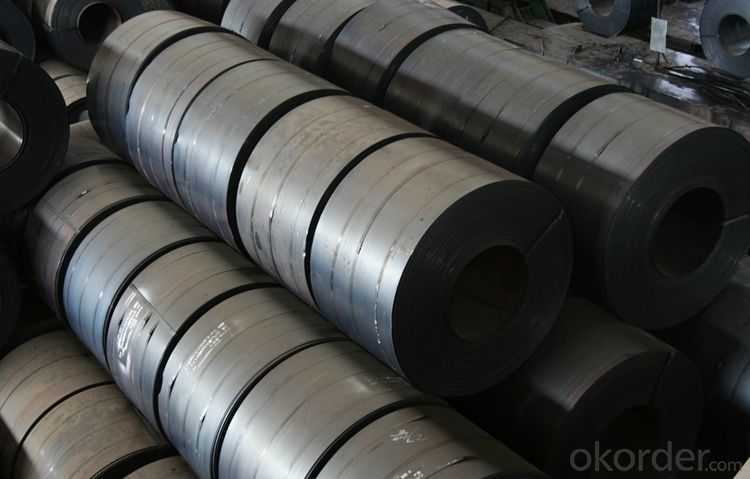
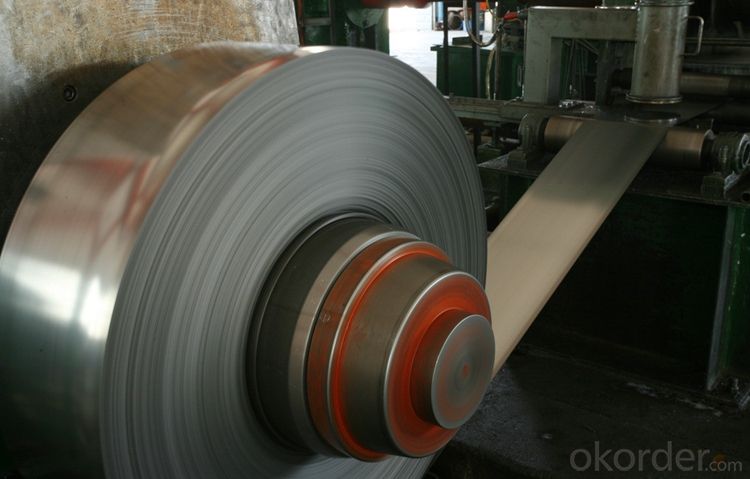
OUR SERVICE
1.High quanlity and reasonable price.
2.Customized on-demand.
3.Reasonable shipping and fast delivery.
4.Free sample.
FAQ
Q: How can I get the samples?
A: If you need some samples to test ,please pay for the transportation freight of samples and our samples are free for you.
Q: How can I get your price list?
A: Please send us your email or fax and order information – Quantity, Specification (steel type, thickness, width, surface finish), then I can send you the price list.
- Q: What are the different surface treatments for steel sheets?
- There are several different surface treatments available for steel sheets, including galvanizing, powder coating, painting, and plating. These treatments help to protect the steel from corrosion, improve its appearance, and enhance its durability.
- Q: Are the steel sheets resistant to vibration or shock?
- Steel sheets are generally resistant to vibration and shock due to their high strength and durability. Steel is known for its ability to withstand external forces like vibrations and shocks, thanks to its rigid nature. This allows steel to effectively absorb and distribute energy caused by vibrations or shocks, preventing any significant damage or deformation. In various industries, such as construction, automotive, and aerospace, steel sheets are commonly used because their resistance to vibrations and shocks is crucial. However, it's important to consider that the exact resistance of steel sheets to vibration or shock depends on factors like thickness, steel quality, and the specific magnitude and frequency of the vibrations or shocks.
- Q: What material is steel plate against drilling?
- All high nickel, high tungsten, or both titanium (tungsten carbide and titanium carbide), cobalt, molybdenum, niobium and other elements of the steel can be drilled.
- Q: How long do steel sheets last?
- The lifespan of steel sheets can exceed that of other materials, lasting for many years. Several factors influence the longevity of steel sheets, including the quality of the steel, the conditions it encounters, and the level of maintenance it receives. Typically, steel sheets of superior quality that are correctly installed and well-maintained can endure for several decades, or even longer. Nevertheless, if steel sheets are exposed to severe environments, such as extreme temperatures, humidity, or corrosive substances, their lifespan may diminish. To prolong the lifespan of steel sheets and guarantee their durability, regular inspections, cleaning, and maintenance are essential.
- Q: What are the different types of steel sheet finishes for decorative purposes?
- There are several different types of steel sheet finishes that are commonly used for decorative purposes. These finishes are applied to the surface of the steel sheet to enhance its appearance and provide a desired aesthetic effect. Some of the most popular steel sheet finishes for decorative purposes include: 1. Brushed Finish: This finish is achieved by brushing the surface of the steel sheet with a fine abrasive material, usually in a straight line pattern. It creates a smooth, satin-like appearance and is often used for architectural and interior design applications. 2. Mirror Finish: Also known as a polished finish, this finish creates a highly reflective surface that resembles a mirror. It is achieved by mechanically polishing the steel sheet and is commonly used in decorative applications such as furniture, lighting fixtures, and signage. 3. Patterned Finish: This finish involves embossing or etching a pattern onto the surface of the steel sheet. It can be achieved through various techniques, such as stamping, laser engraving, or chemical etching. Patterned finishes provide a decorative and textured appearance and are often used in applications like elevator panels, wall cladding, and decorative screens. 4. Colored Finish: Steel sheets can also be coated with a colored finish to add vibrancy and enhance their visual appeal. This can be achieved through processes such as powder coating, which involves applying a dry powder to the steel sheet and then curing it to create a durable, colored finish. Colored finishes are commonly used in architectural applications, including building facades and signage. 5. Antique Finish: This finish is designed to give the steel sheet an aged or weathered look, resembling antique metal. It is achieved through various techniques such as chemical treatments, patinas, or distressing. Antique finishes are often used in decorative applications to create a rustic or vintage aesthetic. These are just a few examples of the different types of steel sheet finishes available for decorative purposes. Each finish offers a unique appearance and can be customized to suit specific design preferences. The choice of finish depends on the desired look, application, and the level of durability required for the project.
- Q: Are steel sheets suitable for architectural projects?
- Yes, steel sheets are suitable for architectural projects. Steel sheets offer various benefits such as durability, strength, versatility, and design flexibility, making them an ideal choice for architectural applications. Steel sheets can be used for roofing, cladding, facades, and structural elements, providing a modern and sleek aesthetic. Additionally, steel sheets can be easily manipulated and formed into different shapes, allowing architects to create unique and innovative designs.
- Q: Are the steel sheets suitable for HVAC ductwork?
- Yes, steel sheets are suitable for HVAC ductwork due to their durability, strength, and resistance to heat and corrosion.
- Q: What is the typical thickness tolerance for steel sheets?
- The typical thickness tolerance for steel sheets can vary depending on the specific industry and application requirements. However, in general, the standard thickness tolerance for steel sheets is typically around ±0.005 to ±0.010 inches (0.13 to 0.25 mm). This means that the actual thickness of the steel sheet can deviate within this range from the specified nominal thickness. It is important to note that certain industries or applications may have more stringent tolerance requirements, especially when precision is critical. In such cases, the tolerance may be tighter, ranging from ±0.001 to ±0.003 inches (0.025 to 0.076 mm). Additionally, specialized steel products or specific customer requirements may also result in different tolerance specifications. To ensure compliance with the desired thickness tolerance, manufacturers employ strict quality control measures such as precise calibration of equipment, regular inspection of raw materials, and comprehensive testing procedures. This helps to maintain the integrity and reliability of steel sheets for various applications in industries such as automotive, construction, manufacturing, and more.
- Q: What are the different types of steel sheet finishes for marine applications?
- Some of the different types of steel sheet finishes for marine applications include hot-dip galvanized, stainless steel, and epoxy coatings.
- Q: Can steel sheets be used for architectural purposes?
- Yes, steel sheets can be used for architectural purposes. Steel sheets are versatile and widely used in architecture due to their strength, durability, and flexibility. They can be used for various architectural elements such as roofs, walls, cladding, and structural components. Additionally, steel sheets offer a wide range of design possibilities and can be easily customized to meet specific architectural requirements.
Send your message to us
Hot Rolled A36, Steel Plates SS400,Steel Coils,Made in China
- Loading Port:
- Tianjin
- Payment Terms:
- TT OR LC
- Min Order Qty:
- 25 m.t.
- Supply Capability:
- 500 m.t./month
OKorder Service Pledge
OKorder Financial Service
Similar products
Hot products
Hot Searches
Related keywords
